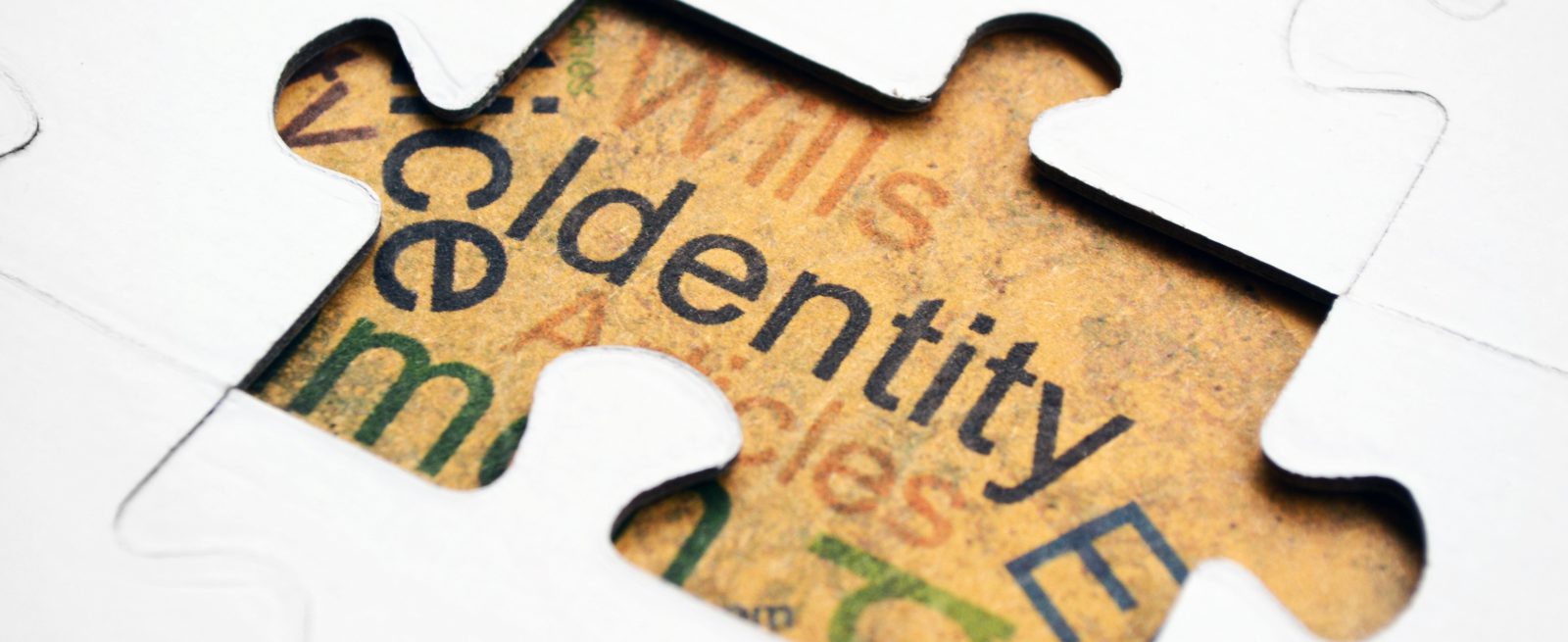Authenticating Purchases with Facial Recognition
4 Min Read By Chris C. Han
Facial recognition technology has rapidly advanced in sophistication and accuracy over the years. Early use of the technology was focused on facial detection in security systems. Since 2014, the federal government has introduced facial recognition technology, along with collecting travelers’ fingerprints, in its U.S. Global Entry system in an effort to strengthen border security in major airports across the U.S. And perhaps the most widely known use of facial recognition technology today is the function of “tagging” in online social networks which allows users to identify friends in photos.
Businesses have begun exploring facial recognition’s potential benefits for increasing the level of security in commercial transactions. Amazon recently proposed to implement a patented method (“Image Analysis for User Authentication”) for its customers to complete a transaction by performing an action in front of a camera, such as a smile or a wink to help confirm the person’s…
Sorry, You've Reached Your Article Limit.
Register for free with our site to get unlimited articles.
Already registered? Sign in!


